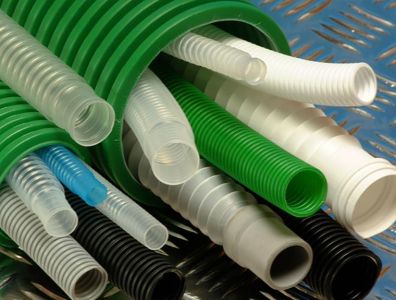Components of a piping system
A piping system is formed mainly by several pipes and plumbing fittings. The price of the pipes varies according to the material from which they were made, how much does a pipe cost? The price of an annealed copper pipe 5 to 50 m long varies for example between 50 € and 300 €. For a PVC conduit, on the other hand, it is necessary to count on average 10 € for a tube of 4 m. As far as fittings are concerned, there are also several categories, namely seals, elbow or saddle. The cost of the seals varies between €14.66 and €51.77; that of the male and female elbow is in the range of 3.5 to 113.77 €; and the average price of a saddle is around €53.77.

Laying a water pipe
The laying of a water pipeline is generally carried out at the time of construction. The cost of the installation is then included in the total construction budget. On the other hand, if it is a replacement, the demolition work, to reach the existing pipes, will be counted in your expenses. The installation of a water pipe is billed at approximately €1,500 for a length of 20 m, or €20 to €60 per linear meter (ml). This price includes the construction of the trench, the laying of the supply pipeline. For pipe renovations, on the other hand, with the various development tasks, the amount of the entire service varies between 120 and 180 € per meter.
Installation of a gas pipeline
There are several ways to install a gas line. In particular, the pipes are placed either in elevation (along a wall and above the ground and built), or buried (or buried in the ground), or incorporated (integrated into the elements of the building). In addition, gas line piping is diverse. The most recommended are copper, steel, polyethylene, PLT kits, lead. The copper pipe is very practical and easy to handle (resistant, easily malleable, and goes perfectly with all types of installation). The second is made of stainless steel wrapped in yellow, flexible plastic. These characteristics allow a complete, fast and safe installation, without brazing, welding or special tools. The price of laying a gas pipeline varies from 15 to 50 €/ml.
Laying of a distribution and conveyance pipeline
The distribution conduits are used to ensure the delivery of drinking water. Their repair or installation in urban areas requires machines and tools designed for small interventions and great care. The diameter of the pipes is smaller compared to that of the channels used in the adduction ducts. The latter are intended for large water flows from the treatment plant to the reservoir. Their installation requires heavy equipment, but often in uncluttered places. The cost of installing a distribution pipe varies between €20 and €60 per linear meter.
Installation of a drain pipe
The drainage pipes of a house or apartment take care of the waste water from the kitchen, the bathroom, the toilets, etc. So that we can process them, collect them before broadcasting in the public network. There are two variants of fall for the water discharge, namely the separate and the single. With the first, the sewage must go directly into the main collector. The second is specified by the evacuation tube which has ribbed cores and which resists high temperatures. The liquids are put in rotation in order to prevent the desiphoning and the formation of an air tube in the middle of the column thus for a good ventilation. The price of laying an evacuation pipe varies from 50 to 100 €/ml.
Ask a professional for all work related to pipes
Whatever the nature of your pipe project, know that it is essential to call on a professional. The work is often very strenuous and requires the techniques and know-how of an experienced plumber. In addition, only a specialist can carry out a perfect diagnosis to identify faults. The price of the labor of a plumber is between 45 and 70 € per hour. The main causes of increased costs are often the urgent need for intervention or the use of specific tools.
Standards required for laying a pipeline
Be aware that there are regulations relating to lead in water which sometimes involves the replacement of certain pipes. Furthermore, in the field of connections, DTU 60.33 states that assemblies by gluing are the only ones authorized in individual homes. Joint ring connections are not accepted. In addition, if the work takes place outdoors, you must protect yourself from rain or humidity in order to maintain the waterproofness and resistance of the assemblies.




